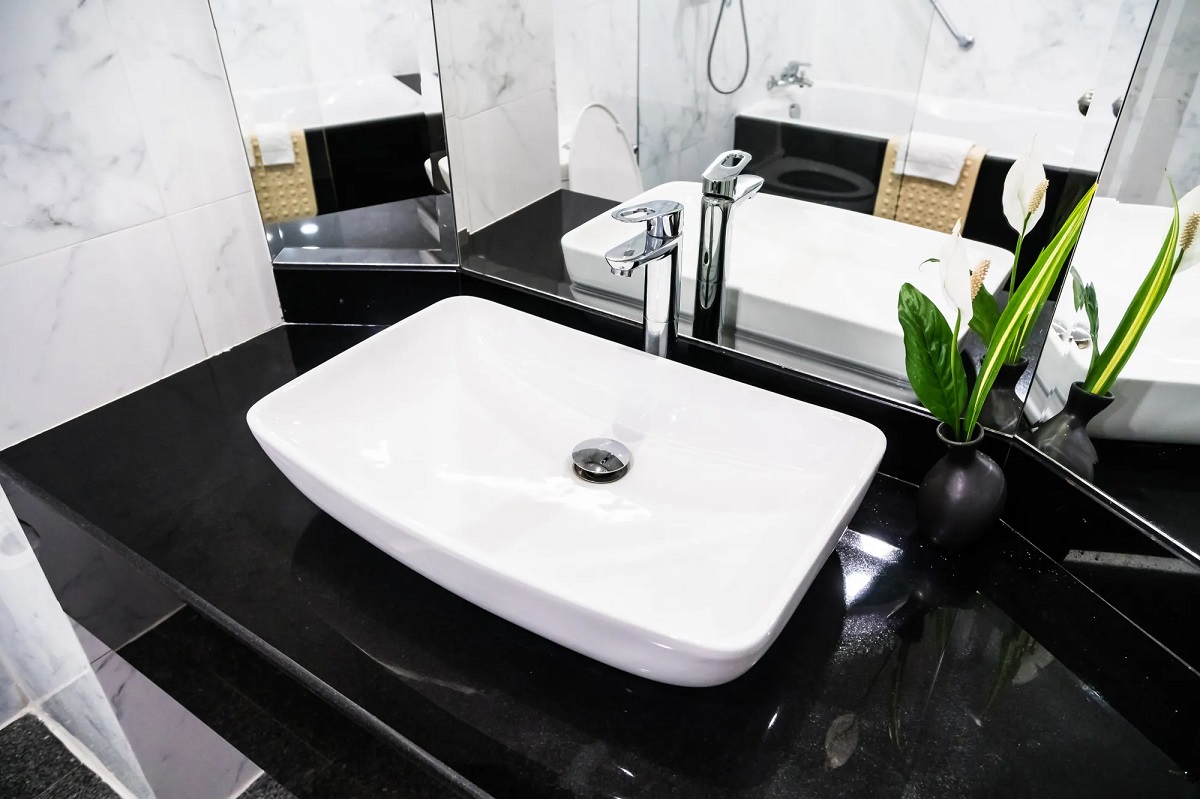

Articles
How To Remove Stains From Vanity Top
Modified: February 27, 2024
Learn the best techniques and tips to effectively remove stubborn stains from your vanity top. Read our insightful articles to keep your vanity looking clean and fresh.
(Many of the links in this article redirect to a specific reviewed product. Your purchase of these products through affiliate links helps to generate commission for Storables.com, at no extra cost. Learn more)
Introduction
When it comes to keeping your vanity top looking clean and pristine, stains can be quite the nuisance. Whether it’s water stains, makeup stains, or even hair dye stains, these blemishes can detract from the overall appearance of your vanity and leave you feeling frustrated. However, with the right techniques and a bit of patience, you can successfully remove stains from your vanity top and restore its natural beauty.
In this article, we will explore various types of stains that commonly occur on vanity tops and provide you with effective stain removal techniques for each. From water stains and makeup stains to hair dye and rust stains, we’ve got you covered. So, roll up your sleeves, put on your cleaning gloves, and let’s dive into the world of stain removal for vanity tops!
Before we address specific stain removal techniques, it’s important to note that the method you use may depend on the material of your vanity top. Common materials include marble, granite, quartz, and laminate. Be sure to check the manufacturer’s recommendations or consult with a professional if you’re unsure about the compatibility of the cleaning products or techniques.
Now that we have the groundwork covered, let’s explore the different types of stains you may encounter on your vanity top and how to tackle them effectively.
Key Takeaways:
- Say goodbye to stubborn stains on your vanity top with targeted removal techniques for water, makeup, hair dye, and more. Act quickly, use gentle solutions, and follow manufacturer’s guidelines for pristine results.
- Protect and maintain your vanity top’s pristine appearance by implementing preventive measures and regular cleaning. Choose the right removal techniques based on the stain type and material, ensuring a spotless surface for years to come.
Read more: How To Remove Stains From Marble Vanity Tops
Types of Stains on Vanity Tops
Vanity tops can be exposed to a variety of substances that can cause stains. Understanding the different types of stains will help you choose the most appropriate stain removal technique for your specific situation. Here are some common types of stains you may encounter on your vanity top:
- Water Stains: Water stains are one of the most common types of stains on vanity tops. They are caused by water droplets sitting on the surface for an extended period, leaving behind mineral deposits. These stains can make your vanity top appear dull and unsightly.
- Makeup Stains: If you’re someone who loves makeup, chances are you’ve accidentally spilled some foundation or lipstick on your vanity top. These stains can be stubborn and may leave behind oily residue or pigment traces.
- Hair Dye Stains: Whether you dye your hair at home or at a salon, hair dye stains can sometimes end up on your vanity top. The dyes can leave behind vibrant colors that are difficult to remove with regular cleaning methods.
- Toothpaste Stains: Toothpaste may seem harmless, but if not cleaned promptly, toothpaste splatters can dry up and leave sticky residues on your vanity top. Over time, these residues can attract dirt and become stubborn stains.
- Nail Polish Stains: Nail polish spills can be a nightmare, especially on lighter-colored vanity tops. The pigments in nail polish can penetrate the surface and leave behind unsightly stains.
- Rust Stains: If your vanity top has metal fixtures or you keep metal objects on it, there’s a risk of rust stains. Rust can easily transfer onto the surface, leaving behind orange or brown stains that are difficult to remove.
- Oil and Grease Stains: Oil spills, greasy products, or residue from cosmetics and skincare products can leave behind oily stains on your vanity top. These stains can make the surface look dirty and can be challenging to remove.
- Hard Water Stains: If you live in an area with hard water, you may notice a buildup of mineral deposits on your vanity top. These white, chalky stains can be particularly stubborn and require specific techniques to remove.
- Etching or Acid Stains: Certain cleaning products or acidic substances like lemon juice can etch the surface of your vanity top, leaving behind dull spots or discoloration. These stains require special attention to restore the surface to its original condition.
Now that you have a better understanding of the various types of stains that can affect your vanity top, in the next section, we’ll explore some general stain removal techniques that can be applied to many types of stains.
General Stain Removal Techniques
Before diving into specific stain removal techniques for different types of stains, it’s essential to familiarize yourself with some general stain removal techniques that can be applied to various situations. These techniques will help you tackle stains on your vanity top effectively. Here are some tips to keep in mind:
- Act quickly: The sooner you address a stain, the easier it will be to remove. Try not to let the stain sit on your vanity top for too long, as it can become more stubborn over time.
- Blot, don’t rub: When dealing with liquid stains, gently blot the area with a clean cloth or paper towel. Avoid rubbing the stain, as it can spread it further and make the removal process more challenging.
- Test on a small area: Before applying any cleaning solution or technique to your entire vanity top, test it on a small, inconspicuous area to ensure it doesn’t cause any damage or discoloration.
- Use mild cleaning solutions: Start with gentle cleaning solutions, such as a mixture of mild dish soap and warm water or a vinegar and water solution. Avoid harsh chemicals or abrasive cleaners, as they can damage the surface of your vanity top.
- Follow manufacturer’s recommendations: Consult the manufacturer’s instructions or guidelines for cleaning and maintenance specific to your vanity top material. Different materials may require different cleaning methods to avoid damage.
- Use a soft cloth or sponge: When cleaning your vanity top, use a soft cloth or sponge to avoid scratching the surface. Microfiber cloths or non-abrasive sponges are recommended for gentle yet effective cleaning.
- Rinse thoroughly: After applying a cleaning solution to the stained area, make sure to rinse it thoroughly with clean water. Residual cleaning solutions can leave behind residue that may cause future stains.
- Dry with a soft towel: Once you’ve finished cleaning, use a soft towel to dry the surface of your vanity top. Leaving it wet can create water spots or streaks, diminishing the overall appearance.
By following these general stain removal techniques, you’ll be well-equipped to tackle various stains on your vanity top. In the next sections, we’ll dive into specific stain types and the best methods for removing them. Let’s start with water stains!
Removing Water Stains
Water stains are a common annoyance on vanity tops and can make them look dull and discolored. These stains are typically caused by mineral deposits left behind when water evaporates. Fortunately, there are a few effective ways to remove water stains and restore the natural beauty of your vanity top. Here’s what you can do:
- Vinegar and water solution: Create a mixture of equal parts white vinegar and water. Dip a soft cloth or sponge into the solution and gently rub it onto the water-stained area. Let the solution sit for a few minutes, then rinse the area thoroughly with clean water. Pat dry with a soft towel.
- Baking soda paste: Mix baking soda with a small amount of water to create a thick paste. Apply the paste onto the water stain and gently rub it in with a soft cloth. Let it sit for about 15 minutes, then rinse off the paste with clean water. Dry the surface with a soft towel.
- Lemon juice: Squeeze fresh lemon juice onto the water stains and let it sit for a few minutes. Lemon juice contains natural acids that can help break down mineral deposits. Afterward, clean the area with a soft cloth or sponge dipped in warm water. Rinse well and dry with a soft towel.
- Commercial lime scale remover: If the water stains are stubborn and the above methods don’t work, you can try using a commercial lime scale remover. Follow the instructions on the product label and carefully apply the remover to the stained area. Rinse thoroughly and dry afterward.
Remember to always test these stain removal methods on a small, inconspicuous area of your vanity top before applying them to the entire stained area. Additionally, if you have a marble or other sensitive material vanity top, be cautious about using acidic solutions like vinegar or lemon juice, as they can etch or damage the surface. In such cases, it’s best to consult a professional for advice.
By using these techniques, you can effectively remove water stains from your vanity top and restore its natural shine. Now, let’s move on to removing makeup stains!
Removing Makeup Stains
Makeup stains are a common occurrence on vanity tops, especially if you regularly apply cosmetics in front of the mirror. Whether it’s foundation, lipstick, or eyeshadow, these stains can leave unsightly marks on the surface of your vanity top. Luckily, there are a few methods you can use to effectively remove makeup stains. Here’s what you can do:
- Mild dish soap and warm water: Start by mixing a small amount of mild dish soap with warm water. Dampen a soft cloth or sponge in the soapy solution and gently blot the makeup stain. Avoid rubbing, as this can spread the stain further. Rinse the cloth or sponge and continue blotting until the stain lifts. Rinse the area with clean water and pat dry with a soft towel.
- Isopropyl alcohol: Isopropyl alcohol, also known as rubbing alcohol, can help remove stubborn makeup stains. Dampen a cotton ball or pad with alcohol and gently dab it onto the stain. Let it sit for a few minutes, then blot the area with a clean cloth or paper towel. Rinse with water and dry thoroughly.
- Makeup remover: If you have a makeup remover specifically designed for your type of makeup, such as lipstick or foundation, you can use that to target the stain. Apply a small amount of makeup remover to a soft cloth or cotton ball and gently rub it onto the stain. Blot the area with a clean cloth or sponge dampened in warm water to remove any residue. Rinse well and dry with a soft towel.
- Baking soda paste: For more stubborn or dried-on makeup stains, try making a paste using baking soda and water. Apply the paste to the stain and gently scrub it using a soft cloth or sponge. Rinse the area with water and dry thoroughly.
Remember, it’s important to address makeup stains as soon as possible, as they can become more difficult to remove over time. If the above methods don’t fully remove the stain or if you have a delicate vanity top material like marble, it’s recommended to seek professional advice or consult the manufacturer for specialized cleaning instructions.
Now that you know how to remove makeup stains, let’s move on to tackling hair dye stains!
Removing Hair Dye Stains
Accidentally getting hair dye on your vanity top can be quite frustrating, as the pigments in hair dye can quickly penetrate surfaces and leave behind stubborn stains. However, with the right techniques, you can effectively remove hair dye stains from your vanity top. Here are some methods that you can try:
- Rubbing alcohol: Dampen a clean cloth or sponge with rubbing alcohol and gently blot the hair dye stain. Rubbing alcohol helps to break down the dye pigments. Continue blotting until the stain starts to lift. Rinse the area with water and dry with a soft towel.
- Hydrogen peroxide: Mix equal parts hydrogen peroxide and water in a bowl. Soak a clean cloth or sponge in the solution and wring out any excess liquid. Gently rub the stained area using circular motions. Rinse with water and dry thoroughly.
- Baking soda and dish soap: Create a paste using baking soda and a small amount of mild dish soap. Apply the paste to the hair dye stain and let it sit for about 10 minutes. Gently scrub the stain using a soft cloth or sponge. Rinse with water and dry the surface with a soft towel.
- Acetone: Acetone, commonly found in nail polish removers, can also be effective in removing hair dye stains. Apply a small amount of acetone to a cotton ball or pad and dab it onto the stain. Gently rub the area until the stain starts to fade. Rinse with water and dry thoroughly.
It’s worth noting that hair dye stains can be particularly stubborn, especially if they have had time to set or if the vanity top material is porous. If the above methods don’t completely remove the stain, you may need to repeat the process or seek professional assistance.
Additionally, it’s important to protect your vanity top from future hair dye stains. Consider placing a protective barrier, such as a towel or mat, beneath your hair dyeing area to prevent accidental spills and minimize the risk of staining your vanity top.
Now that you know how to remove hair dye stains, let’s explore how to tackle toothpaste stains.
Removing Toothpaste Stains
Toothpaste is a common household item that we use every day for oral hygiene. However, if not cleaned up promptly, toothpaste splatters can leave behind sticky residues that can stain your vanity top. Luckily, toothpaste stains can be easily removed with a few simple steps. Here’s what you can do:
- Mild dish soap and warm water: Start by mixing a small amount of mild dish soap with warm water. Dampen a soft cloth or sponge in the soapy solution and gently blot the toothpaste stain. Avoid rubbing, as it can spread the stain further. Rinse the cloth or sponge and continue blotting until the stain lifts. Rinse the area with clean water and pat dry with a soft towel.
- Vinegar and water solution: Create a mixture of equal parts white vinegar and water. Dip a soft cloth or sponge into the solution and gently dab it onto the toothpaste stain. Let the solution sit for a few minutes to break down the residue. Rinse the area thoroughly with clean water and pat dry with a soft towel.
- Baking soda paste: Mix baking soda with a small amount of water to create a thick paste. Apply the paste onto the toothpaste stain and gently scrub it using a soft cloth or sponge. The mild abrasive nature of baking soda can help lift the residue. Rinse off the paste with clean water and dry the surface with a soft towel.
- Commercial stain remover: If the toothpaste stain proves stubborn or the above methods don’t fully remove it, you can try using a commercial stain remover specifically designed for your vanity top material. Follow the instructions on the product label and apply the remover to the stained area. Rinse thoroughly and dry afterward.
Remember to test any cleaning solution or technique on a small, inconspicuous area of your vanity top before applying it to the entire stain. This will help ensure compatibility and prevent any damage to the surface. Additionally, always follow manufacturer’s recommendations for cleaning and maintenance, especially for sensitive materials like marble.
By using these techniques, you can easily remove toothpaste stains and keep your vanity top looking clean and spotless. Now, let’s move on to tackling nail polish stains!
Use a mixture of baking soda and hydrogen peroxide to create a paste. Apply it to the stained area and let it sit for 15 minutes before scrubbing with a soft brush. Rinse with water and repeat if necessary.
Removing Nail Polish Stains
Spilling nail polish on your vanity top can be a cause for panic, as the vibrant pigments can leave behind stubborn stains. However, with the right techniques and a bit of patience, you can successfully remove nail polish stains from your vanity top. Here are some methods you can try:
- Non-acetone nail polish remover: Non-acetone nail polish remover is a gentle option for removing nail polish stains. Moisten a cotton ball or pad with the remover and gently dab it onto the stained area. Avoid rubbing too harshly, as it can spread the stain further. Continue dabbing until the stain starts to lift. Rinse with water and dry with a soft towel.
- Isopropyl alcohol: Isopropyl alcohol, commonly known as rubbing alcohol, can also be effective in removing nail polish stains. Dampen a clean cloth or sponge with rubbing alcohol and gently blot the stain. Keep blotting until the stain fades. Rinse the area with water and dry thoroughly.
- Baking soda and toothpaste mixture: Create a paste by mixing equal parts baking soda and white toothpaste. Apply the paste onto the nail polish stain and gently rub it into the stained area using a soft cloth or sponge. Rinse with water and dry the surface with a soft towel.
- Commercial nail polish remover: If the non-acetone nail polish remover or other methods mentioned above do not fully remove the nail polish stain, you can try using a commercial nail polish remover specifically formulated for your vanity top material. Follow the instructions on the product label and gently apply the remover to the stained area. Rinse thoroughly and dry afterward.
It’s important to note that nail polish stains can be stubborn, especially if they have dried or if the vanity top material is porous. If the stains persist, you may need to repeat the process or seek professional assistance to avoid damaging the surface of your vanity top.
As a preventative measure, it’s always a good idea to place a protective barrier, such as a towel or mat, on your vanity top when doing your nails to avoid accidental spills and minimize the risk of staining.
Now that you know how to remove nail polish stains, let’s explore how to tackle rust stains!
Removing Rust Stains
Rust stains on your vanity top can be unsightly and difficult to remove. These stains are typically caused by metal objects or fixtures reacting with water, leaving behind orange or brown marks. While rust stains can be stubborn, there are a few effective methods you can try to tackle them. Here’s what you can do:
- Vinegar: Vinegar is a versatile cleaning agent that can help dissolve rust stains. Soak a clean cloth or sponge in vinegar and apply it directly to the rust stain. Let it sit for at least 15 minutes, allowing the vinegar to break down the rust. Gently scrub the stain with the cloth or sponge, and rinse thoroughly with water. Dry the area with a soft towel.
- Lemon Juice and Salt: Create a paste by mixing lemon juice and salt to form a thick consistency. Apply the paste onto the rust stain and let it sit for about 30 minutes. Gently scrub the stain using a soft cloth or sponge. Rinse the area with water and dry thoroughly.
- Baking Soda and Hydrogen Peroxide: Create a paste by mixing baking soda and hydrogen peroxide to form a thick consistency. Apply the paste onto the rust stain and let it sit for about 1 to 2 hours. Gently scrub the stain using a soft cloth or sponge. Rinse the area with water and dry thoroughly.
- Commercial rust remover: If the above methods don’t fully remove the rust stain, especially for stubborn or large stains, you may need to resort to using a commercial rust remover. Follow the instructions provided by the product manufacturer to safely and effectively remove the rust stain. Rinse thoroughly and dry afterward.
It’s important to note that rust stains can be challenging to remove, and repeating the process may be necessary. Additionally, if you have a marble or other sensitive material vanity top, it’s crucial to use gentle methods and avoid abrasive cleaners, as they can scratch or damage the surface. If the stain persists or if you’re unsure about the compatibility of certain methods with your vanity top material, consider seeking professional advice.
Now that you know how to remove rust stains, let’s move on to tackling oil and grease stains!
Removing Oil and Grease Stains
Oil and grease stains can be a common occurrence on vanity tops, especially if you use various beauty products or have accidental spills. These stains can make the surface appear dirty and can be quite stubborn. However, with the right techniques, you can effectively remove oil and grease stains from your vanity top. Here are some methods you can try:
- Dish soap and warm water: Mix a small amount of mild dish soap with warm water. Dampen a soft cloth or sponge in the soapy solution and gently blot the oil or grease stain. Avoid rubbing, as it can spread the stain further. Continue blotting until the stain starts to lift. Rinse the area with clean water and pat dry with a soft towel.
- Baking soda paste: Create a paste using baking soda and water. Apply the paste onto the oil or grease stain and gently scrub it using a soft cloth or sponge. The mild abrasive nature of baking soda can help absorb the grease and lift the stain. Rinse off the paste with clean water and dry the surface with a soft towel.
- Vinegar and water solution: Mix equal parts white vinegar and water. Dampen a soft cloth or sponge in the vinegar solution and gently dab it onto the oil or grease stain. Let the solution sit for a few minutes to break down the oil or grease residue. Rinse the area thoroughly with clean water and pat dry with a soft towel.
- Isopropyl alcohol: Dampen a clean cloth or sponge with isopropyl alcohol, also known as rubbing alcohol. Gently dab the alcohol onto the oil or grease stain. Keep dabbing until the stain starts to fade. Rinse the area with water and dry thoroughly.
If the oil and grease stain persists or is particularly stubborn, you can also try using a commercial degreaser specifically designed for your vanity top material. Follow the product instructions carefully and rinse thoroughly after use.
It’s important to address oil and grease stains as soon as possible to prevent them from settling into the porous surface of your vanity top. Regular cleaning and wiping can also help prevent the build-up of these stains. Remember to always test any cleaning solution or method on a small, inconspicuous area of your vanity top first to ensure compatibility with the material.
Now that you know how to remove oil and grease stains, let’s move on to tackling hard water stains!
Removing Hard Water Stains
Hard water stains are a common problem that many people face on their vanity tops. These stains are caused by mineral deposits left behind when hard water evaporates, resulting in a white, chalky residue on the surface. Fortunately, there are effective methods to remove hard water stains and restore the cleanliness of your vanity top. Here’s what you can do:
- Vinegar: Vinegar is a natural cleaning agent that can be highly effective in removing hard water stains. Mix equal parts white vinegar and water in a spray bottle. Spray the vinegar solution onto the stained areas and let it sit for a few minutes to allow the acid in the vinegar to break down the mineral deposits. Gently scrub the stained area with a non-abrasive sponge or cloth. Rinse thoroughly with clean water and dry with a soft towel.
- Lemon juice: Lemon juice can also be used to combat hard water stains. Squeeze fresh lemon juice onto the stained areas and let it sit for a few minutes. The natural acidity of lemon juice helps dissolve the mineral deposits. Scrub the stained area gently with a non-abrasive sponge or cloth. Rinse thoroughly with clean water and dry the surface with a soft towel.
- Baking soda paste: Create a paste by mixing baking soda with a small amount of water. Apply the paste onto the hard water stains and let it sit for about 15 minutes. Gently scrub the stained area using a non-abrasive sponge or cloth. Rinse thoroughly with clean water and dry with a soft towel.
- Commercial lime scale remover: If the hard water stains are particularly stubborn and the above methods do not fully remove the stains, consider using a commercial lime scale remover. Follow the instructions provided by the product manufacturer carefully. Typically, you will need to apply the remover to the stains, let it sit for a specified amount of time, and then scrub or rinse the area. Rinse thoroughly with water and dry afterward.
Regular maintenance and consistent cleaning can help prevent the build-up of hard water stains. Consider wiping down your vanity top regularly with a mild soap and water solution to minimize stains and keep your vanity top looking clean and spotless.
Now that you know how to remove hard water stains, let’s move on to tackling etching or acid stains!
Removing Etching or Acid Stains
Etching or acid stains can occur on vanity tops made of sensitive materials like marble or limestone. These types of stains are caused by acidic substances, such as certain cleaning products or acidic liquids that come into contact with the surface, leaving behind dull spots or discoloration. Removing etching or acid stains requires a delicate approach to avoid further damage to the surface. Here are some methods that you can try:
- Marble poultice: For marble vanity tops, you can create a poultice using a combination of baking soda and water. Mix equal parts of baking soda and water to form a paste. Apply the paste onto the etched or stained area, making sure to cover it completely. Allow the poultice to sit and dry for about 24 hours. Once dry, gently remove the poultice with a soft cloth or sponge and rinse the area with clean water. Dry the surface with a soft towel.
- Liquid marble polish: Liquid marble polish specifically formulated for removing etching or acid stains can be used. Follow the instructions on the product label and apply the polish to the affected area. Use a soft cloth or sponge to gently rub the polish onto the stain. Rinse with clean water and dry thoroughly.
- Professional restoration: In severe cases or if you’re unsure about using any DIY methods, it’s best to consult a professional restoration company that specializes in working with sensitive vanity top materials like marble. They have specialized tools and techniques to assess and restore the surface to its original condition.
Prevention is key when it comes to etching or acid stains. Avoid using acidic cleaners or products, such as lemon juice or vinegar, on sensitive vanity top materials. Instead, use pH-neutral cleaners specifically designed for these materials. Additionally, be cautious about placing acidic items directly on the surface and always use coasters or mats to prevent stains and etching.
With proper care and maintenance, you can help prevent etching or acid stains on your sensitive vanity top. However, if staining or etching does occur, remember to handle it with care or seek professional assistance to ensure the best results without causing further damage.
Now that you are equipped with the knowledge of removing different types of stains from your vanity top, you can confidently tackle any stain that comes your way. Remember to always follow the manufacturer’s recommendations for cleaning and maintenance, and test any cleaning solutions or techniques on a small, inconspicuous area before applying them to the entire stain. With a little effort and the right approach, your vanity top will regain its pristine appearance in no time.
Happy cleaning!
Conclusion
Maintaining a clean and stain-free vanity top can greatly enhance the overall appearance of your bathroom or dressing area. With the right techniques and a little bit of effort, you can effectively remove various types of stains from your vanity top and restore its natural beauty. From water stains and makeup stains to hair dye and rust stains, we’ve covered a range of stain removal techniques that can help you tackle any stain that comes your way.
Remember, the key to successful stain removal is to act quickly, use appropriate cleaning solutions, and follow proper techniques. Whether it’s using vinegar and water for water stains, non-acetone nail polish remover for nail polish stains, or creating a baking soda paste for grease stains, there are multiple methods you can utilize depending on the type of stain you’re dealing with.
It’s also important to consider the material of your vanity top when choosing stain removal methods. Different materials, such as marble, granite, quartz, and laminate, may require specific care and cleaning instructions. Always refer to the manufacturer’s recommendations or consult with a professional if you’re unsure about compatibility.
Lastly, prevention is key to maintaining a stain-free vanity top. Implementing protective measures, such as using coasters, mats, or towels beneath items that may cause stains, can greatly reduce the risk of spills and stains. Regular cleaning and wiping down your vanity top also help prevent the build-up of residue and maintain its pristine condition.
By following these stain removal techniques and preventive measures, you can ensure that your vanity top remains clean, beautiful, and stain-free for years to come.
So, go ahead and tackle those stains with confidence, reclaim the spotless look of your vanity top, and enjoy a refreshed and inviting space for your daily beauty routine!
Frequently Asked Questions about How To Remove Stains From Vanity Top
Was this page helpful?
At Storables.com, we guarantee accurate and reliable information. Our content, validated by Expert Board Contributors, is crafted following stringent Editorial Policies. We're committed to providing you with well-researched, expert-backed insights for all your informational needs.
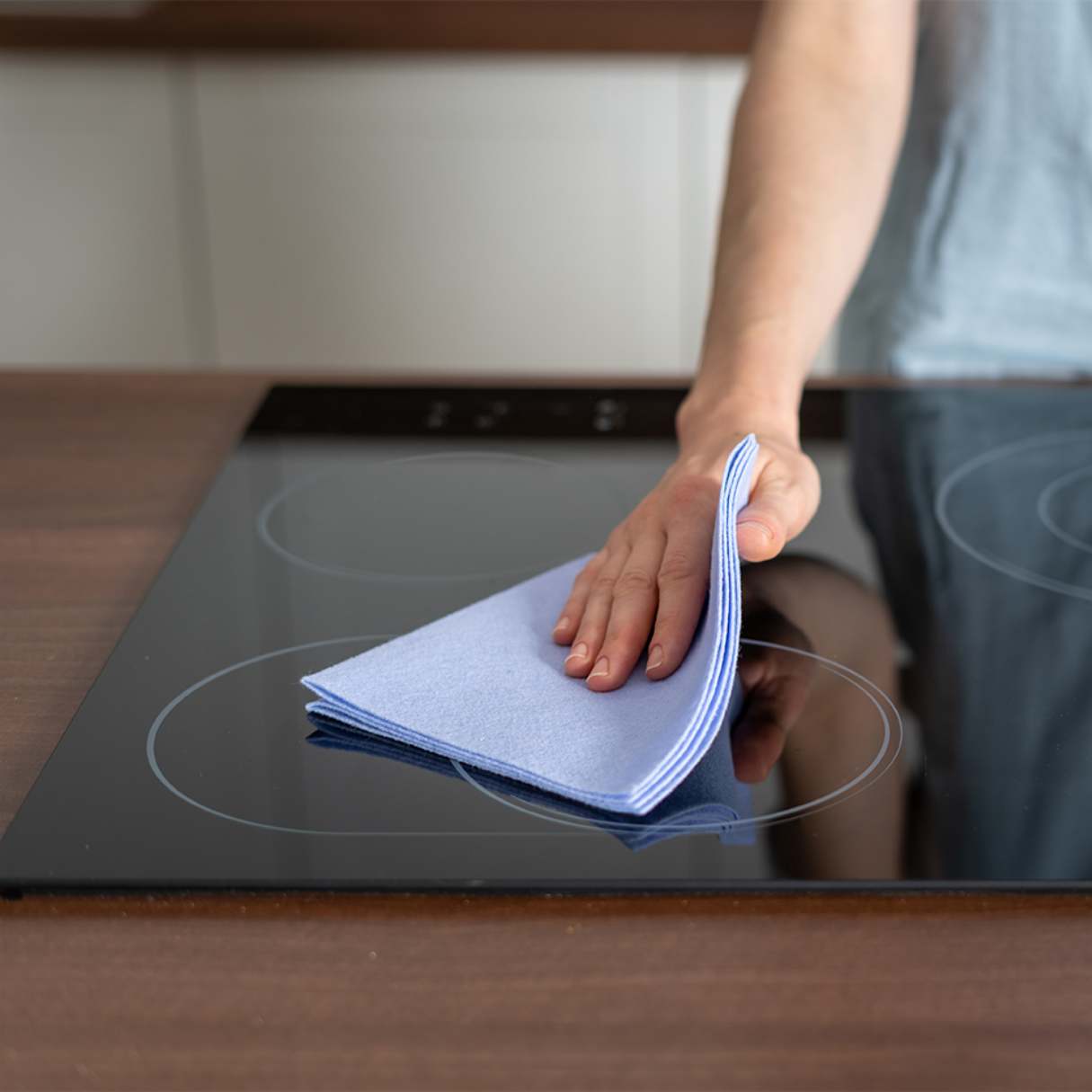
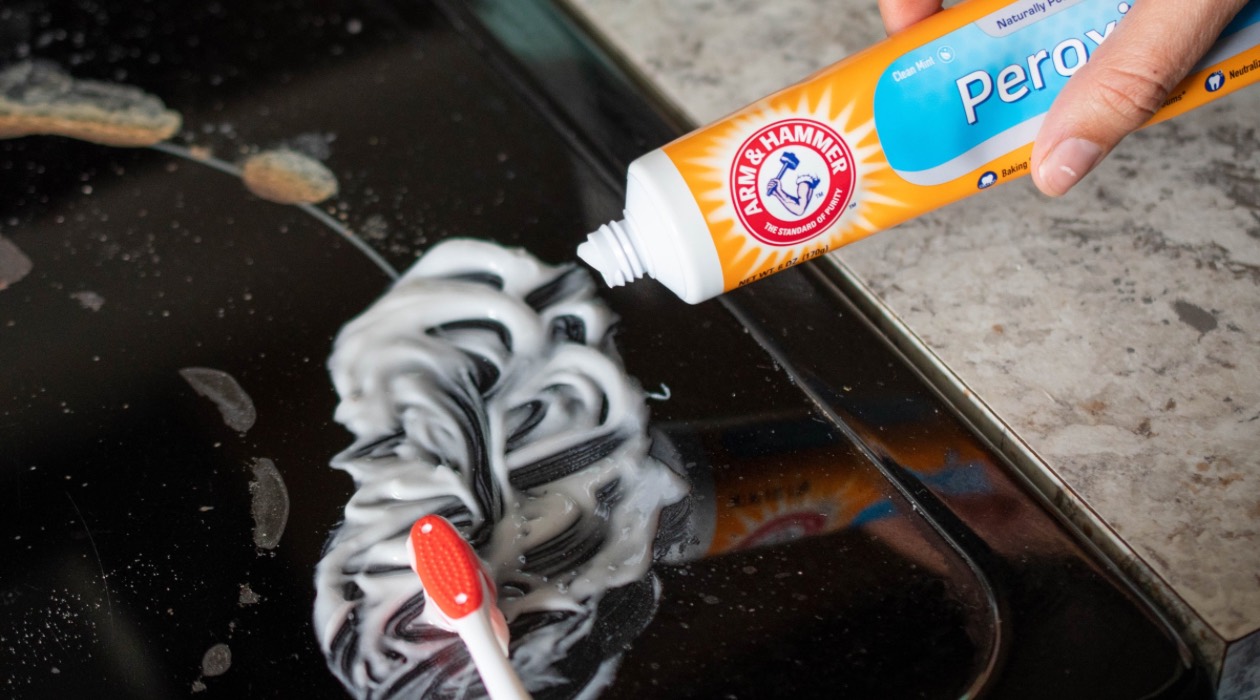
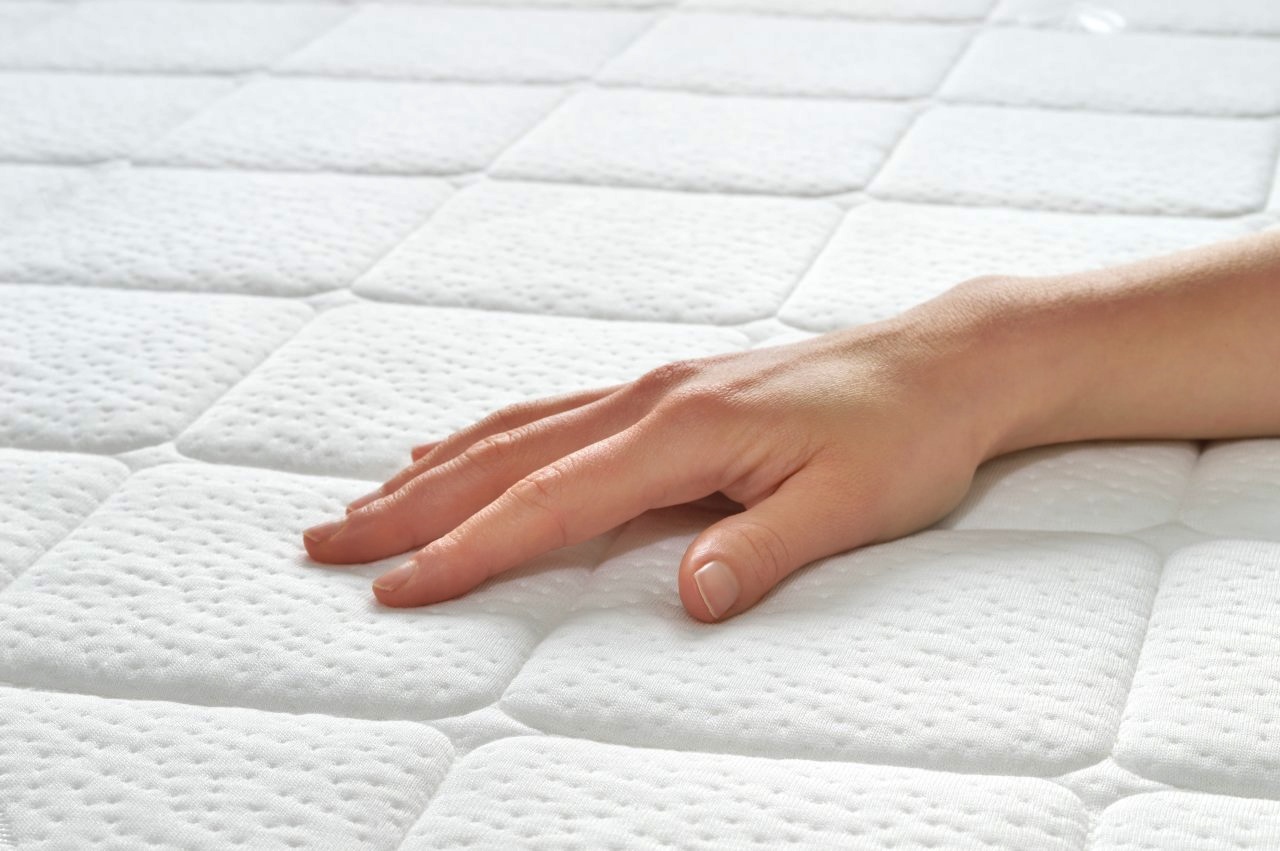
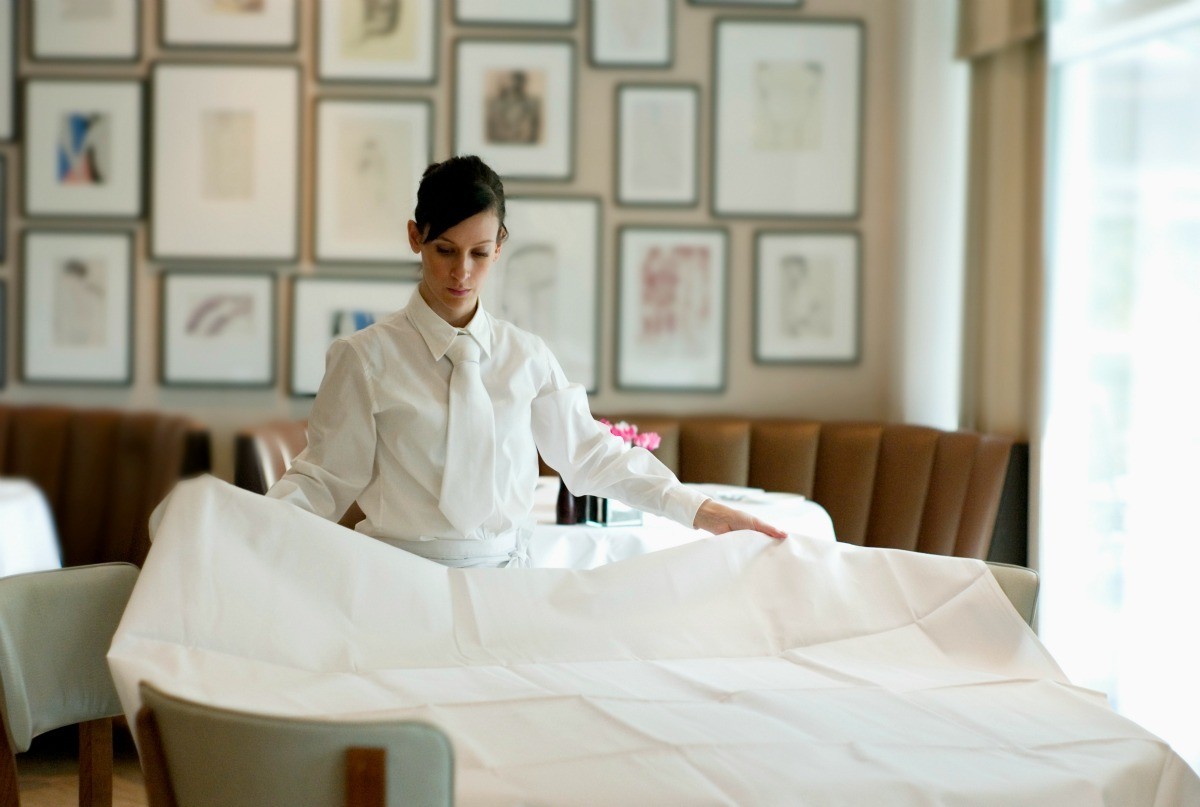
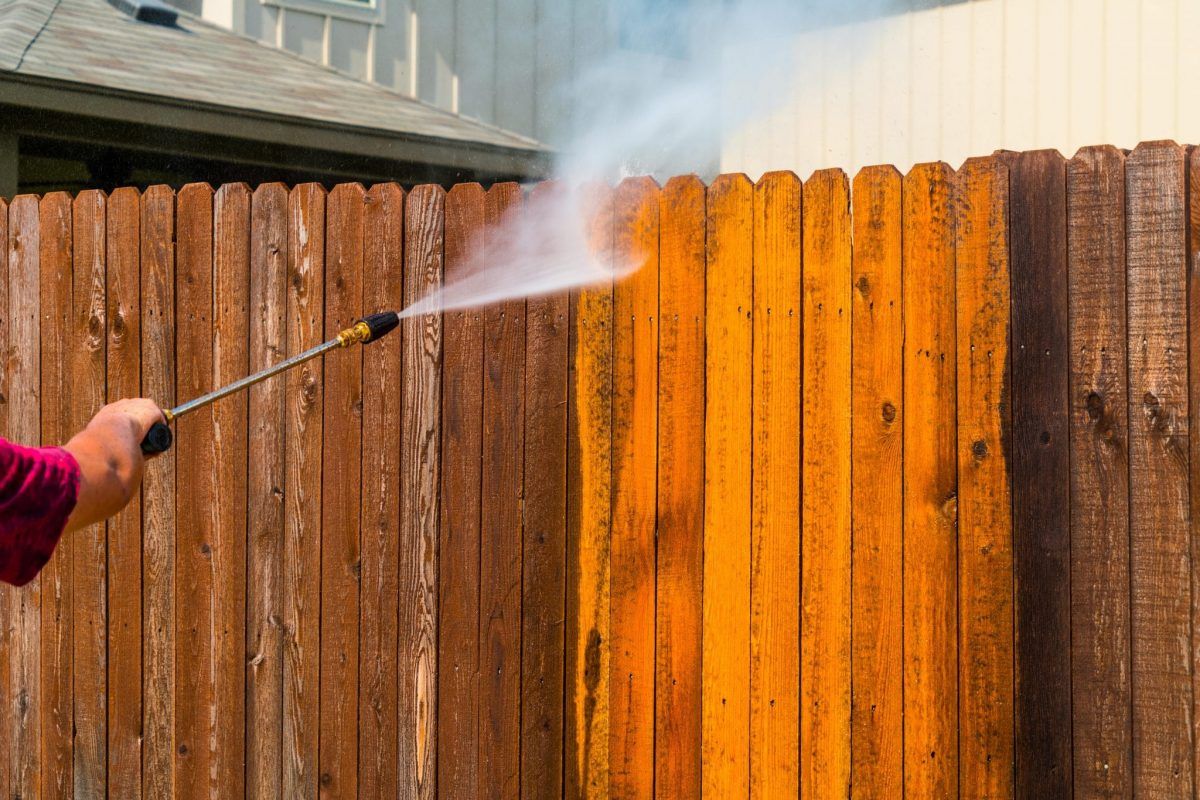
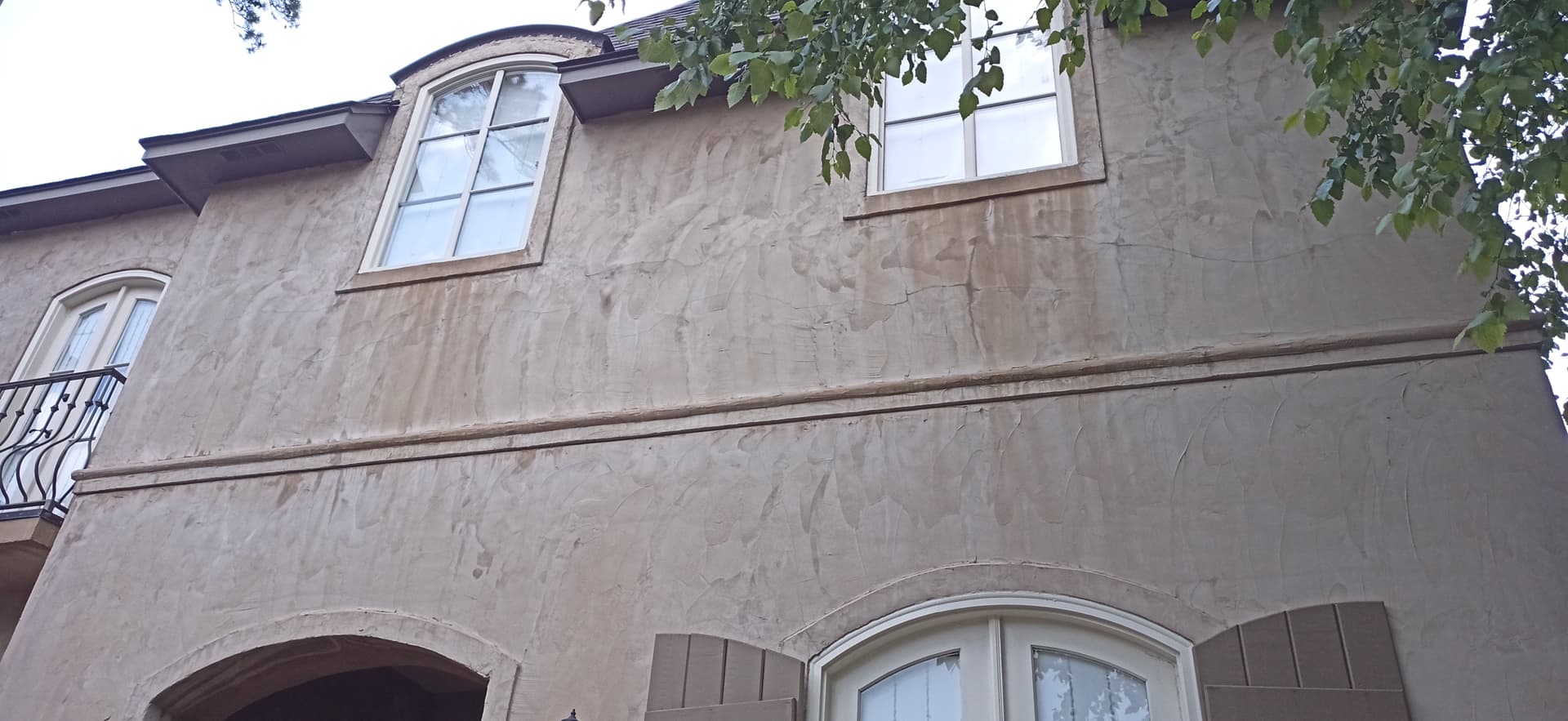
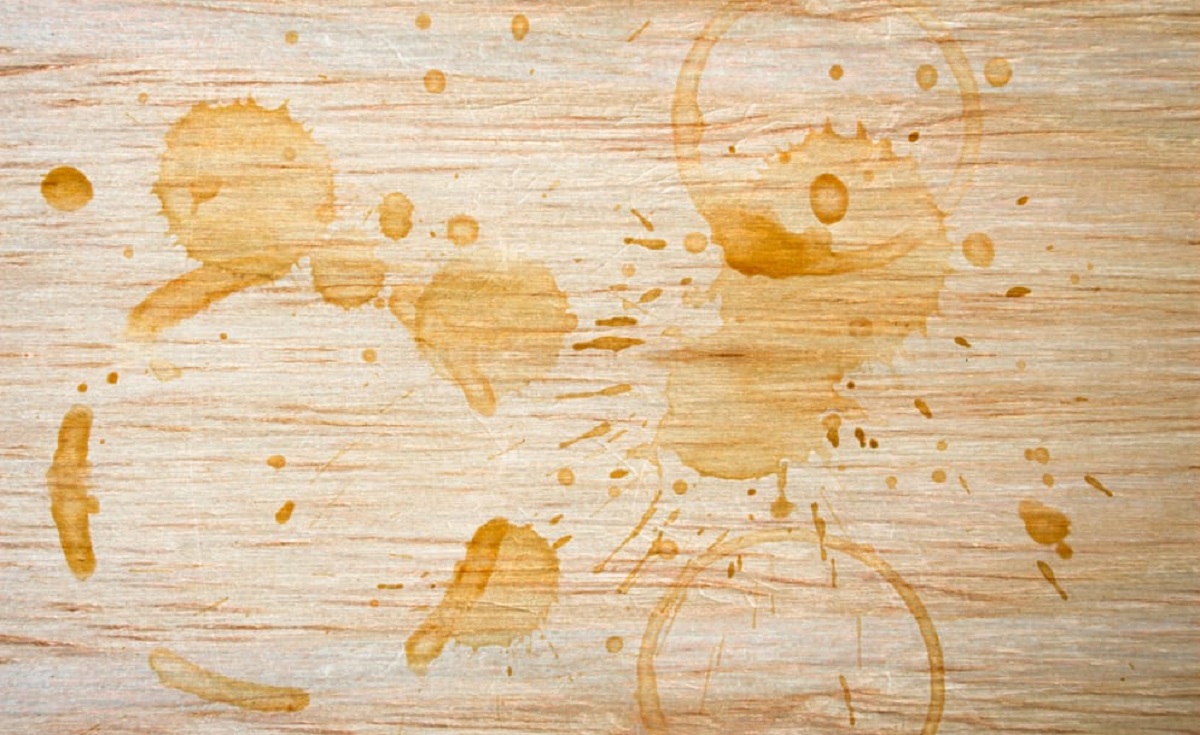
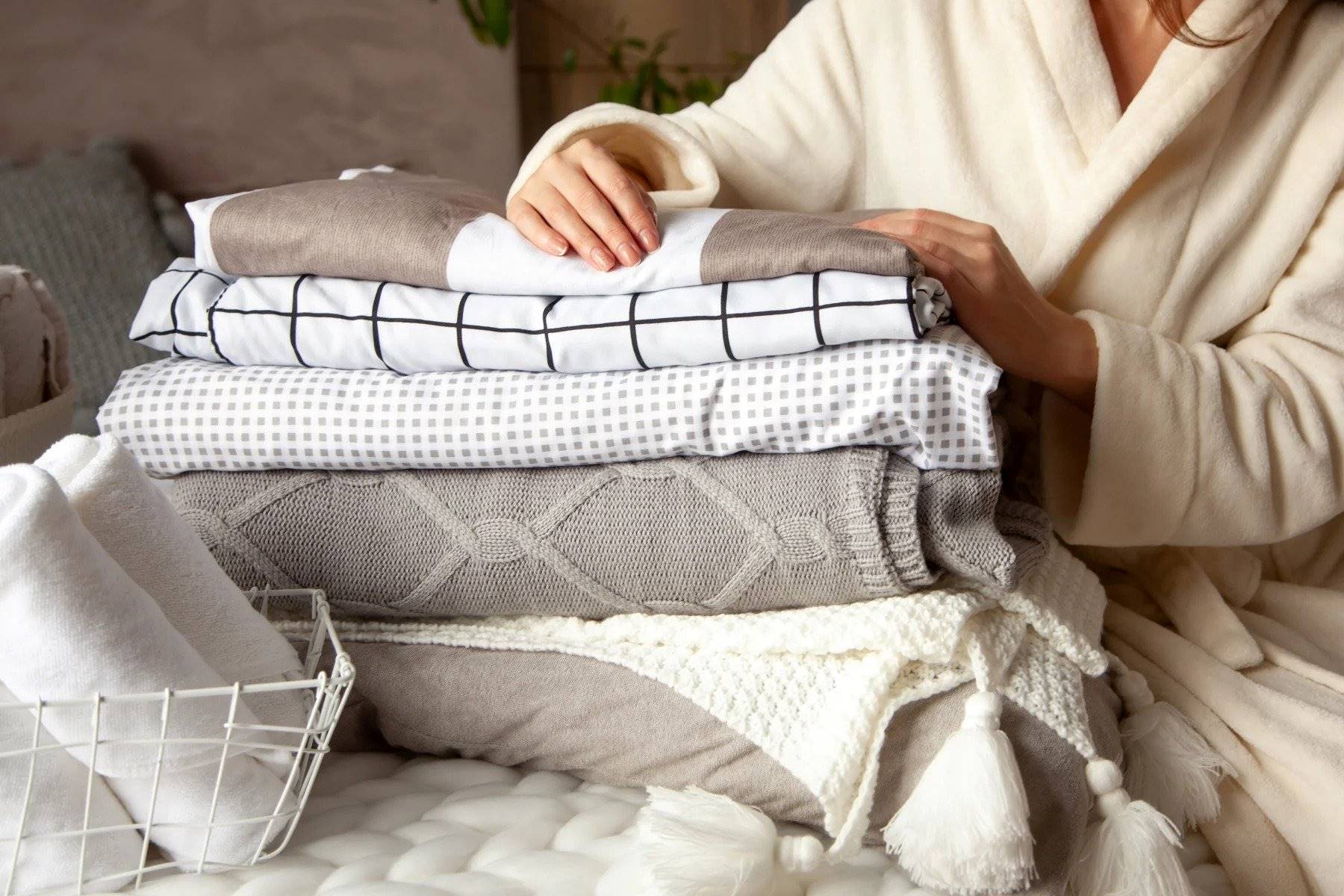
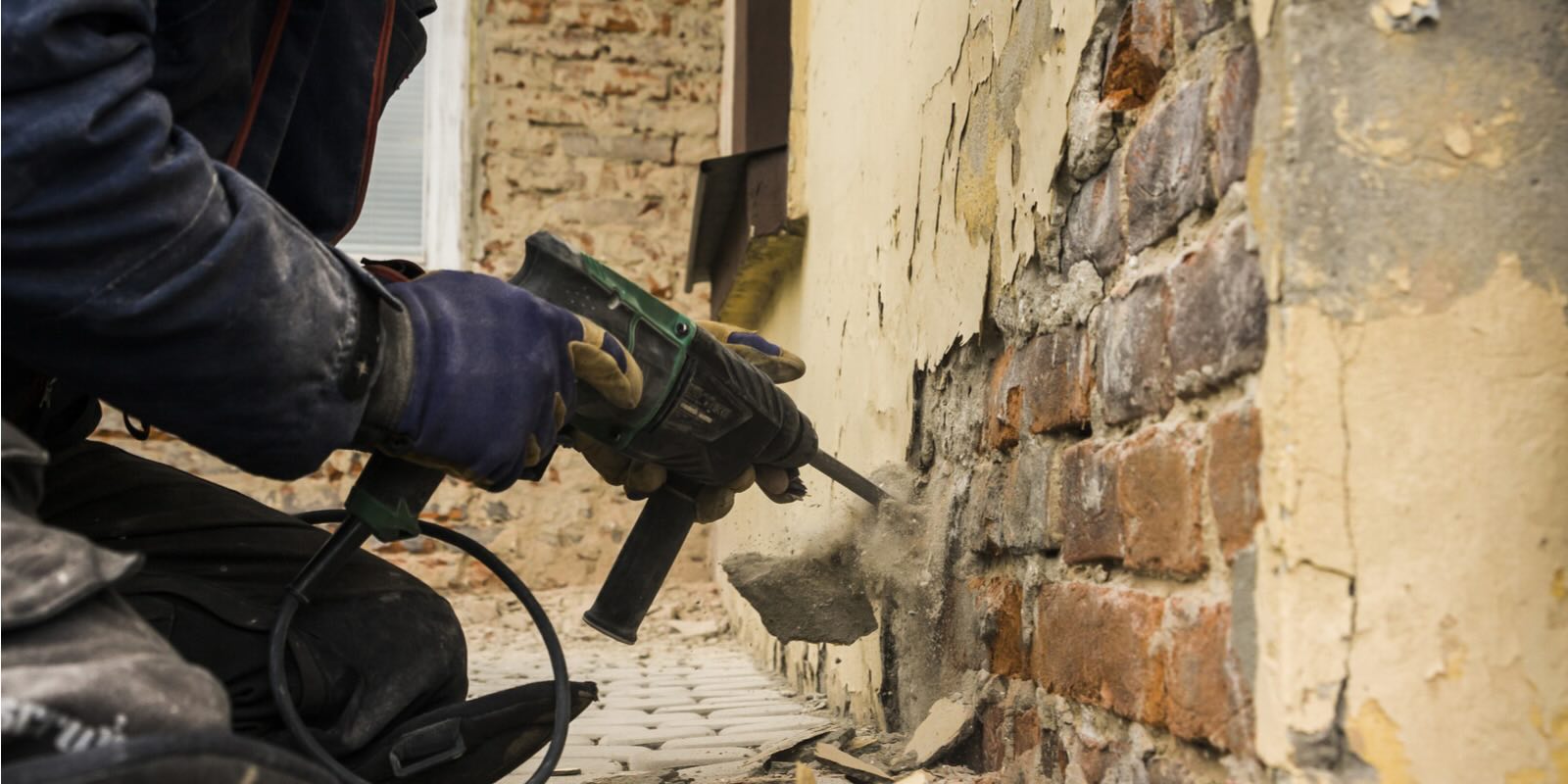
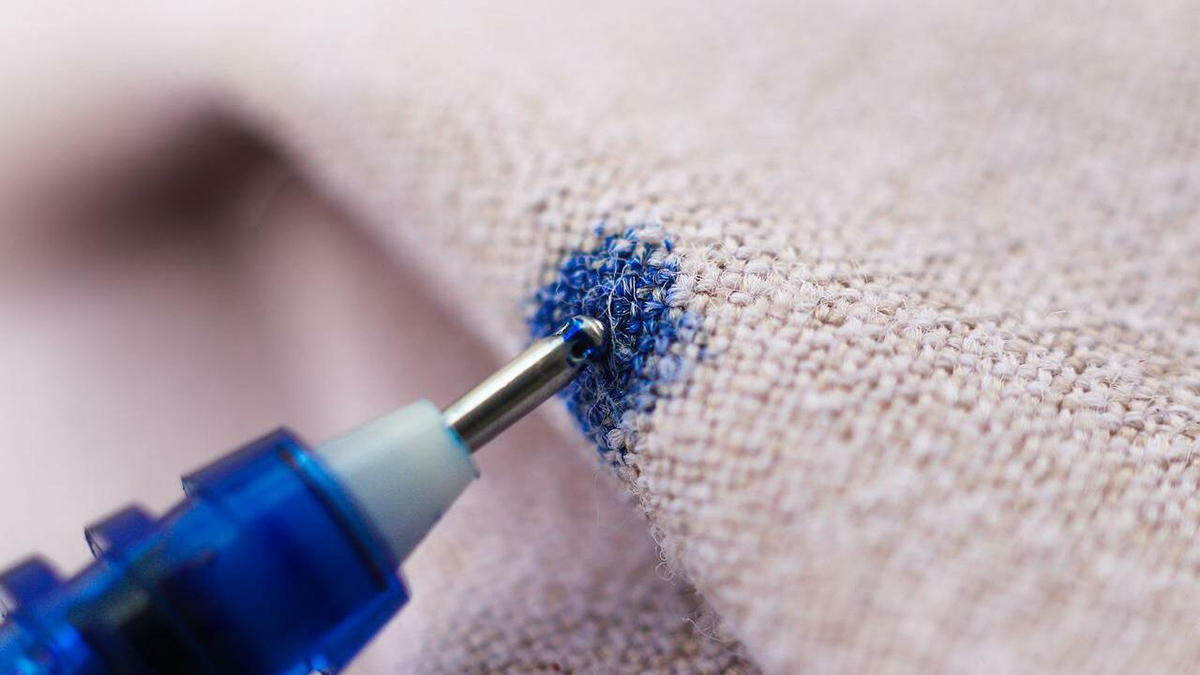
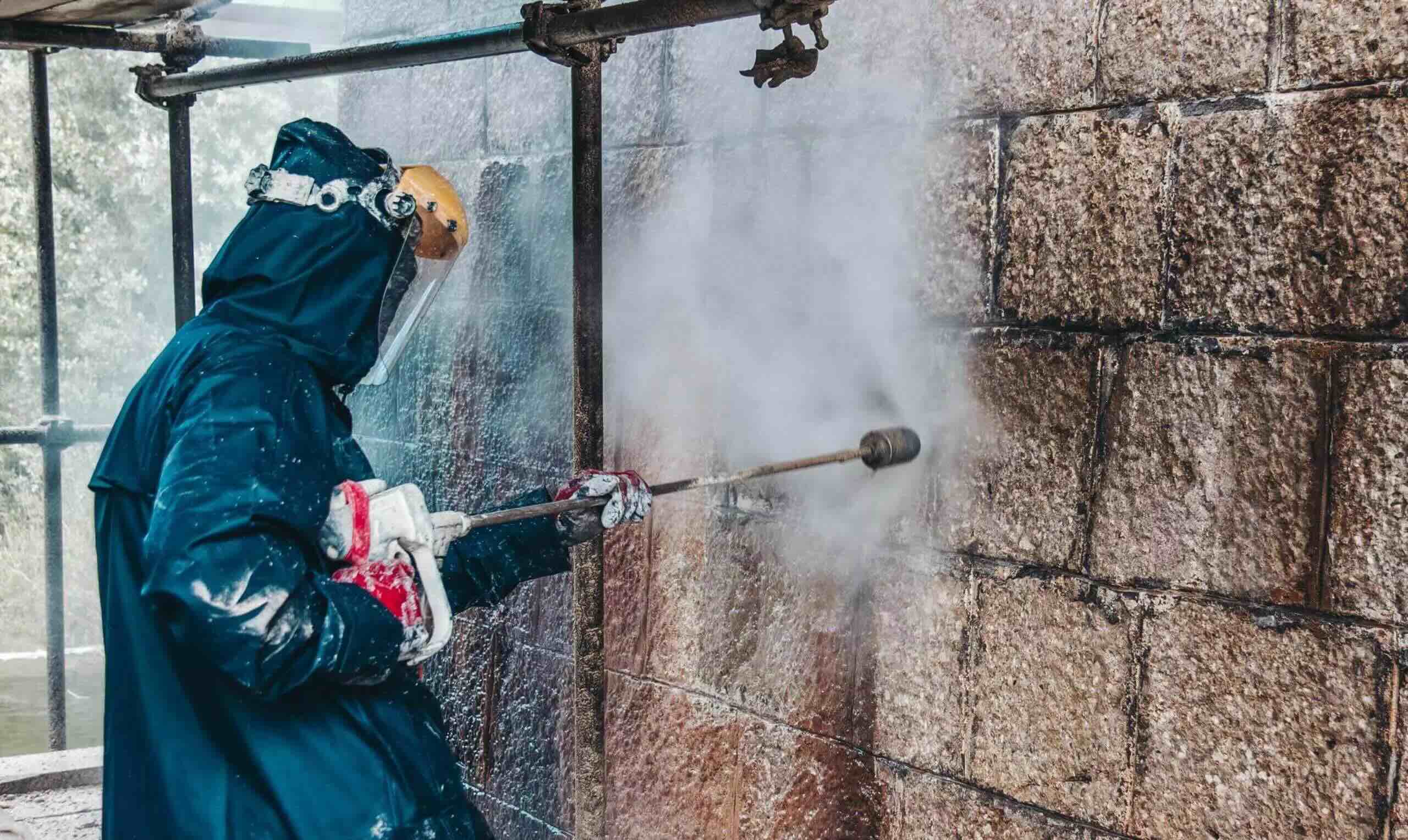
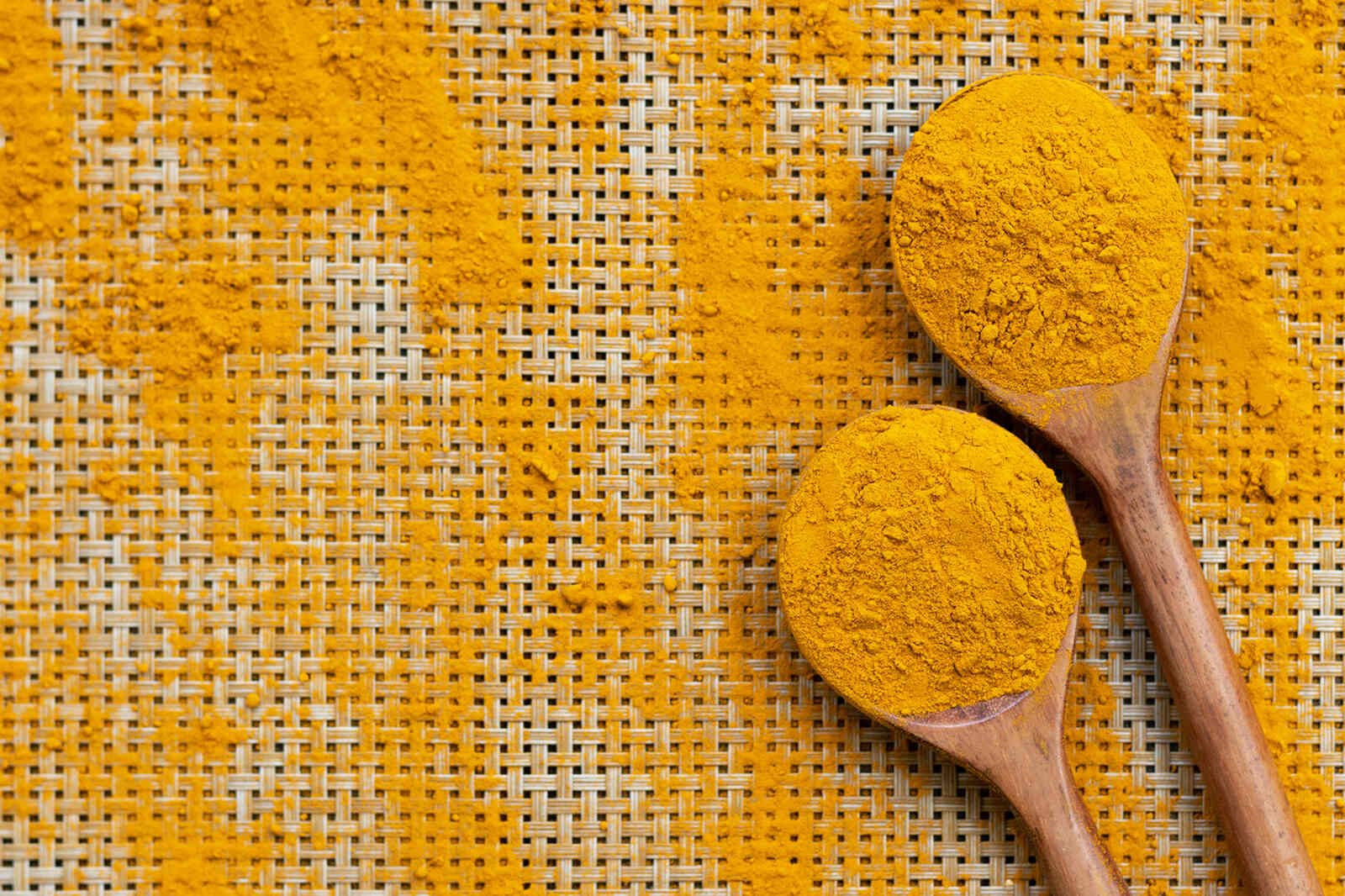
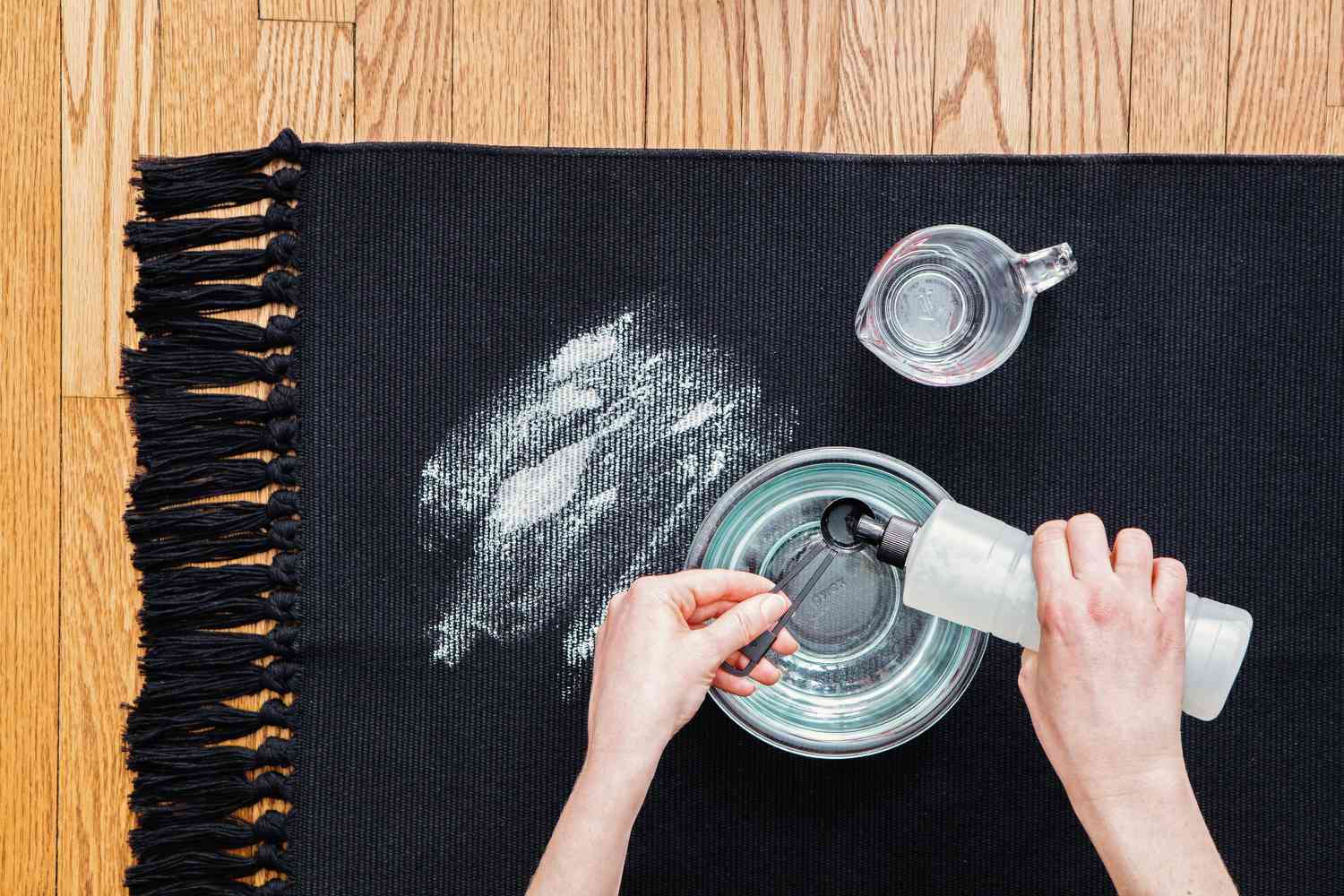

0 thoughts on “How To Remove Stains From Vanity Top”